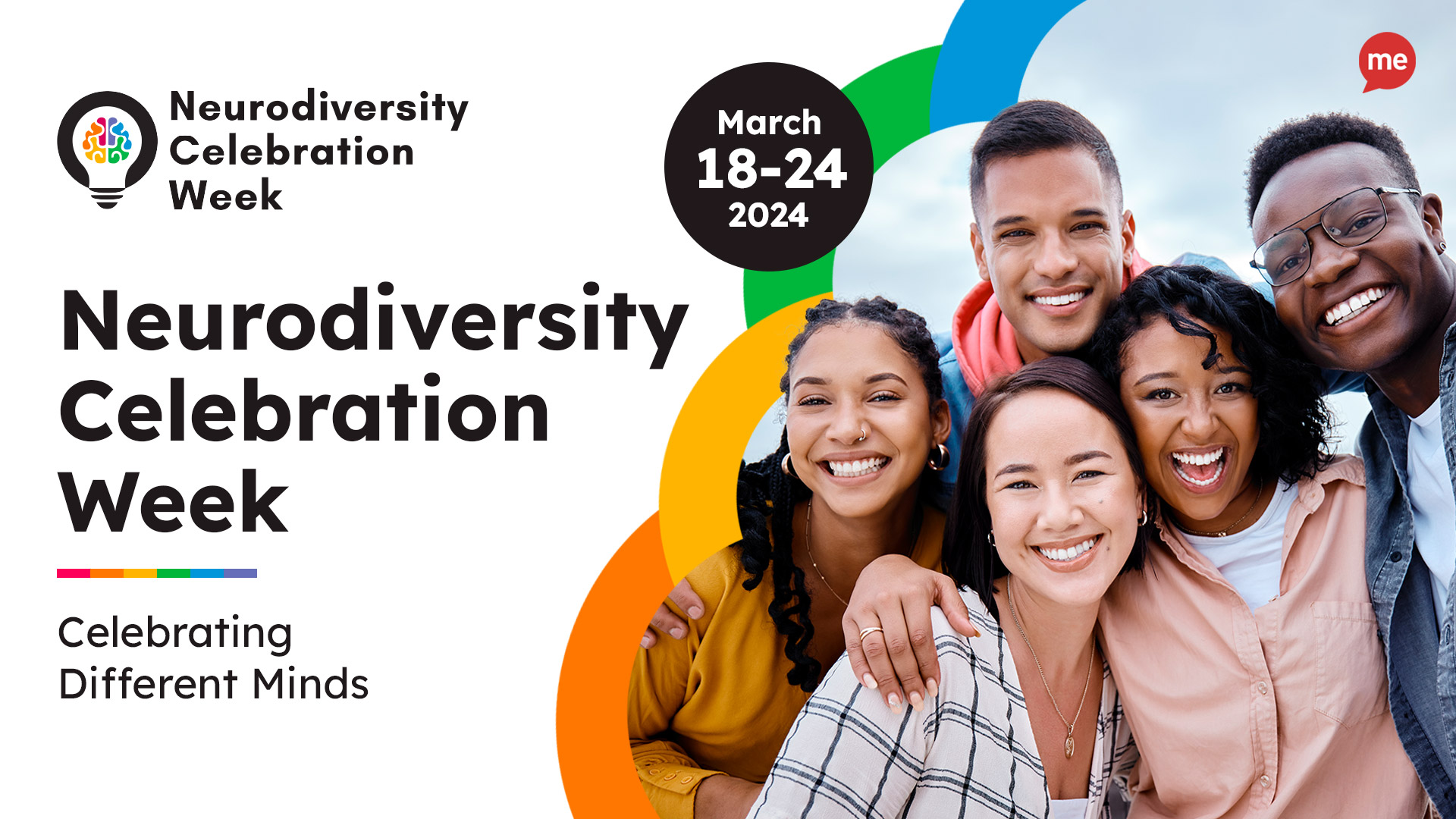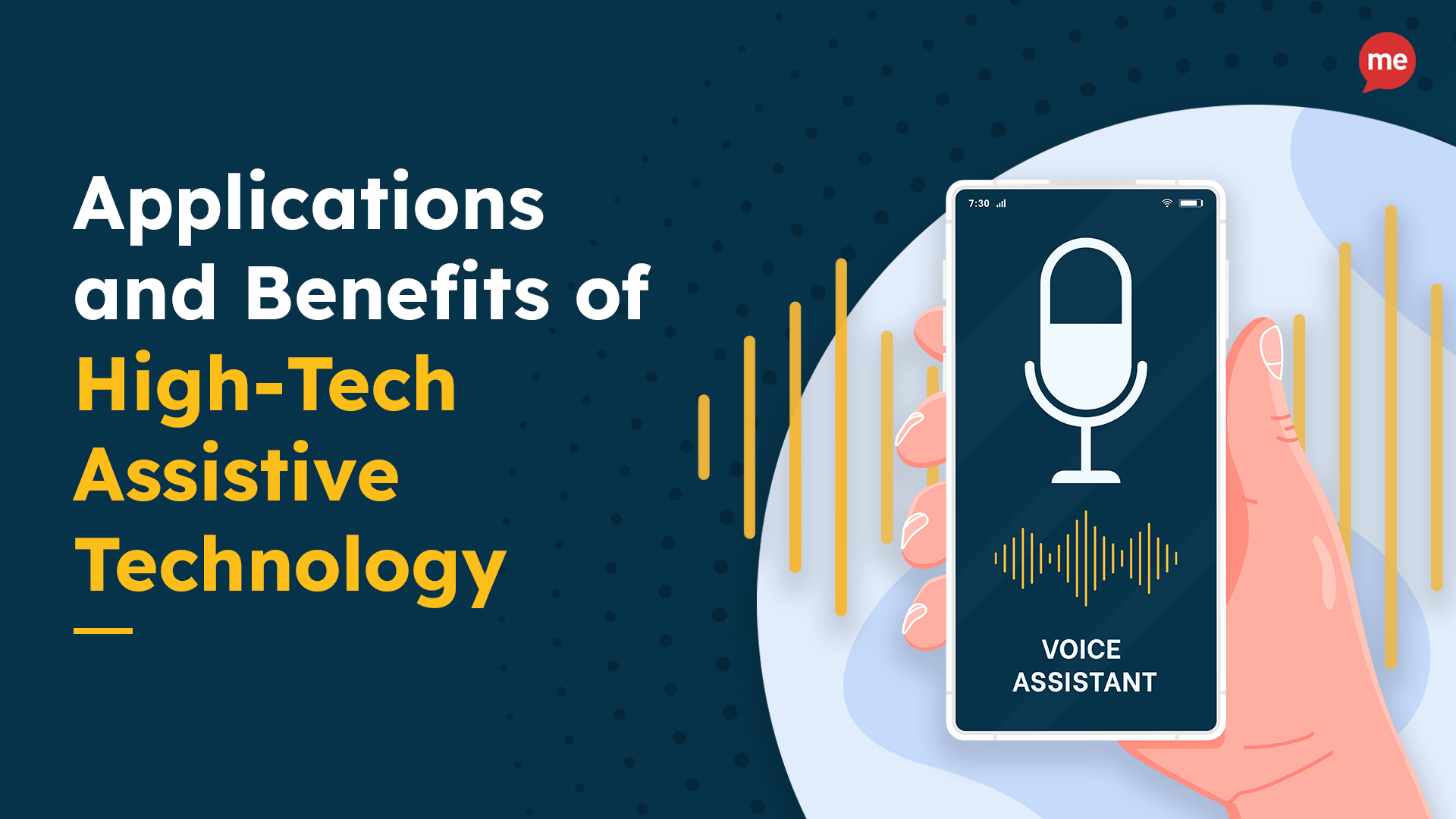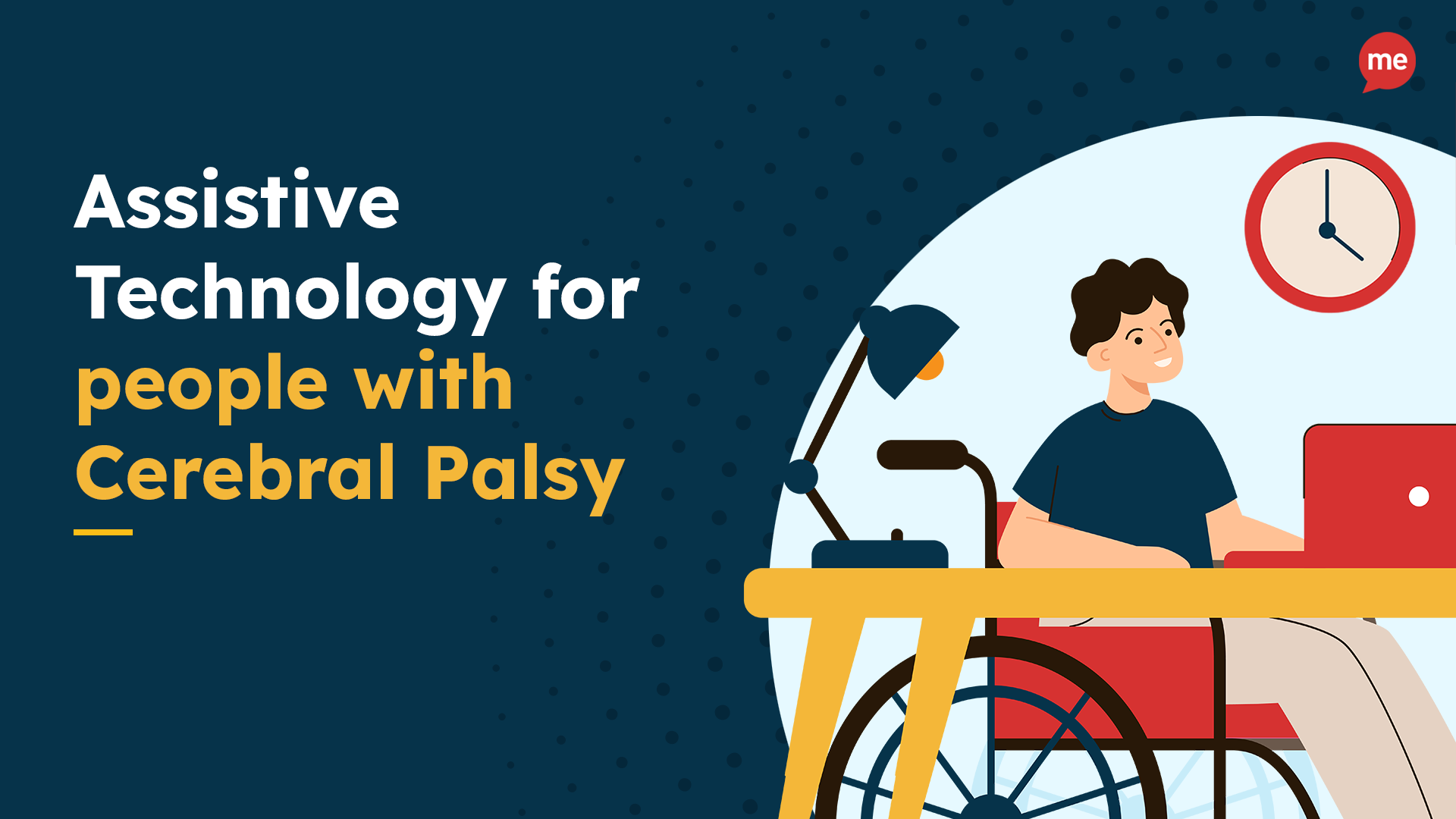One of the key attributes of Recite Me is our close working relationship with all clients. Understanding their need then educating and guiding them correctly to understand the online world of accessibility and inclusion. On our journey, we crossed paths with Barbara Grehs, a Senior Digital Professional who was also on her own mission to provide the best possible online experience.
After implementing Recite Me across two platforms we sat down with Barbara to rewind back to the start of her journey to find out more about her passion and where her mission started for wanting to provide an inclusive online experience for everyone.
Beginnings
My awareness of web accessibility began when I joined a housing association in 2014 that was using a cloud-based accessibility toolbar. As someone who thrives on user experience (UX), I instantly “got” the contribution this type of functionality made to providing an inclusive experience for all visitors. From that moment on, I made it my goal to find out as much as possible about web accessibility.
What does “great” look like?
As I explored the subject in more detail, I came to realise that accessibility isn’t simply about providing an accessibility widget: truly accessible websites have a combination of the following key characteristics:
- Adherence to Web Content Accessibility Guidelines (WCAG) standards
- Responsiveness (work well across all devices)
- Accessible design (colour schemes, fonts, and tagging of images and PDFs)
- Clear menu structure (easily understood by users)
- Easy to find information (ideally no more than three clicks from the homepage)
- Plain English standards set at a level that matches the users’ needs
- Clear and engaging content
- Inbuilt accessibility tools as a minimum, but preferably (in my view) cloud-based from a specialist third party provider
- Carrying the prestigious Internet Crystal Mark for web accessibility
Be sure to use our accessibility tester, to assess how accessible your website is right now. In addition to suggestions on how to improve your accessibility.
Window of opportunity
In 2015, the housing association put out a call to staff to apply as candidates for a new Inclusive Ambassador initiative. Keen to make a positive contribution from a digital perspective by championing best in class web accessibility for customers, I applied and was accepted. Around the same time, our budget to build a new corporate website from scratch due to an ageing content management system (CMS) was approved. It was the moment I had been waiting for: I instantly made web accessibility one of the KPIs in the scoping of the new build.
Foundations and launch
We founded the new website build on two core principles: user focus and collaboration. Working intensively with internal stakeholders, I mapped out a user-focused menu structure and user-led content. Our in-house creative team had superb knowledge of accessible design principles and guided the web agency through the design phase. The web agency’s team were experts in responsive builds and really came into their own with this chance to create a new website. The housing association was also a member of Plain English Campaign, whose expertise and advice I sought on many elements of plain English. Coincidentally, around that time the housing association was also at a regulatory point of needing to issue an invitation to tender for its cloud-based web accessibility. The tender was won by Recite Me, a new supplier for the housing association, and we were able to synchronise the introduction of the product alongside the build process.
It was a dream of mine to win Plain English Campaign’s prestigious Internet Crystal Mark for the new website. I submitted the application shortly after launch and, much to my delight, we were awarded the mark. Our internal communications programme along the way had created lots of interest in the new website, and colleagues were particularly enthusiastic when we announced the news about the mark.
Onwards and upwards
After moving on from the housing association in 2019, I began a 12-month maternity cover contract at a London university. Although there had been a refresh of the corporate website earlier that year, there were no in-built or third-party accessibility tools. Having had such a positive experience with Recite Me, I immediately set about championing its introduction at the university via a process of internal stakeholder engagement. We launched the product a couple of months before the end of my contract. Many colleagues were particularly interested in the potential for Recite Me to be used on additional platforms owned by the university, such as the intranet and portals.
My thoughts on Recite Me
Having honed my expertise in web accessibility over the past six years, I can honestly and objectively say that I have never seen a product of the scope, quality and reliability of Recite Me. It has become my “go-to” web accessibility product for one key reason: wherever an organisation might be in its journey to providing great web accessibility, Recite Me is a route to quickly improving the user experience for those with a disability and/or neurodiversity requirement.
- The functionality includes read aloud of text, interactive dictionary, translation tool with over 100 languages, colour schemes (with personal preference setting), accessibility font style (including Open Dyslexic font), screen ruler, screen mask, clutter-free view, and magnifying glass.
- The subscription represents excellent value for money, often amounting to fractions of a penny per user per year.
- It can be extended to work on additional domains owned by an organisation (intranets, portals, microsites).
- Detailed monthly reporting provides numbers of users, feature usage, mobile/desktop and browser information, and can be linked to Google Analytics.
- In addition to all of this, the Recite Me team really excel at customer service: they are collaborative, supportive and really listen to their clients.
Today, despite a corporate focus on inclusivity, I still see many websites that could benefit from improvements to their accessibility. Less than 50 websites in the UK carry the Internet Crystal Mark. I believe that all organisations need champions to advocate best in class web accessibility, so that every single visitor can enjoy an inclusive user experience. In my view, the Internet Crystal Mark sets the standard for this, and I hope to see more and more organisations make this an integral part of their website KPIs the future.
Links
- WCAG https://www.w3.org/WAI/standards-guidelines/wcag/
- Plain English Campaign http://www.plainenglish.co.uk/
- Internet Crystal Mark http://www.plainenglish.co.uk/services/internet-crystal-mark.html
Barbara Grehs, Senior Digital Professional






